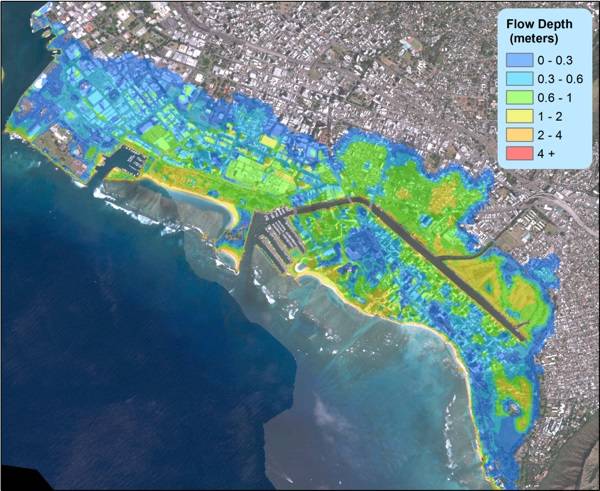


Virtually all hurricanes in Hawaii and near the Hawaiian Islands since 1950 have approached from the southeast, south, or southwest. We’re here to help, with some assistance from The Weather Channel:Īccording to The Weather Channel, Hawaii has been, and will be in the future, hit by hurricanes. The key, at least climatologically speaking, is the direction of the storm’s approach.
#Iniki hurricane track how to#
So, it’s important you know a bit about past hurricanes in Hawaii, the factors that contribute to hurricane formation, and how to track potential storms. But, as an island chain in the middle of the Pacific Ocean, we are under constant threat of a direct-hit by a hurricane, especially during hurricane season, which lasts from June through November. When you imagine your exotic, tropical Hawaii vacation, you probably AREN’T thinking about the fact that the islands are potential targets for hurricanes (or maybe you are). After crossing the island, Iniki rapidly accelerated north-northeastward, weakened rapidly, and was absorbed by a cold front as it lost tropical characteristics and became extratropical on September 13 about halfway between Alaska and Hawaiʻi.Hawaii Accommodations & Dining Hawaii Animals & Nature Hawaii Beaches & Ocean Hawaii Culture & Happenings Hawaii Hiking & Outdoors Hawaii Travel & Vacation Info According to the Honolulu Advertiser, that remarkable figure was recorded at a digital weather station whose wind gauging equipment blew off after taking the measurement during the storm. The highest recorded wind speed from Hurricane Iniki was a 227 mph (365 km/h)reading from the Navy's Makaha Ridge radar station. The National Weather Service reported wind gusts of up to 175 mph (280 km/h). It continued rapidly to the north-northeast, and made landfall on south-central Kauai early on the 11th with sustained winds of 145 mph (235 km/h), making Iniki a Category 4 hurricane on the Saffir-Simpson Hurricane Scale. With very favorable upper-level outflow and warm water temperatures, Iniki steadily intensified, and attained major hurricane status on September 10 while south-southwest of the island chain.Īs Iniki turned to the north, it continued to strengthen, reaching a peak of 145 mph (235 km/h) winds on September 11 while 170 miles (270 km) south-southwest of Poʻipū on the island of Kauaʻi. The subtropical ridge, which typically keeps hurricanes well away from the Hawaiian Islands, weakened due to an approaching upper level-trough and allowed Iniki to turn to the northwest. Located at the southern periphery of a subtropical ridge, Iniki continued westward and strengthened over the unusually favorable central Pacific it reached hurricane status on September 9 while 470 miles (760 km) south-southeast of Hilo. The depression continued quickly westward and remained weak until the September 8, when it slowed enough to strengthen to a tropical storm. Initially, the thunderstorm active was not concentrated towards the center and thus the depression was not expected to intensify beyond minimal tropical storm strength. At this time, the wave was located 1700 miles (2700 km) southwest of Cabo San Lucas or 1550 miles (2500 km) east-southeast of Hilo.

Conditions slowly became more favorable, and, as the convection concentrated around a center, the wave was classified Tropical Depression Eighteen-E on September 5. The wave continued rapidly westward and remained disorganized. It moved westward across the unfavorable Atlantic Ocean and crossed Central America into the Pacific on the August 28. The origin of Iniki is unclear, but it possibly began as a tropical wave that exited the African coast on August 18.


 0 kommentar(er)
0 kommentar(er)
